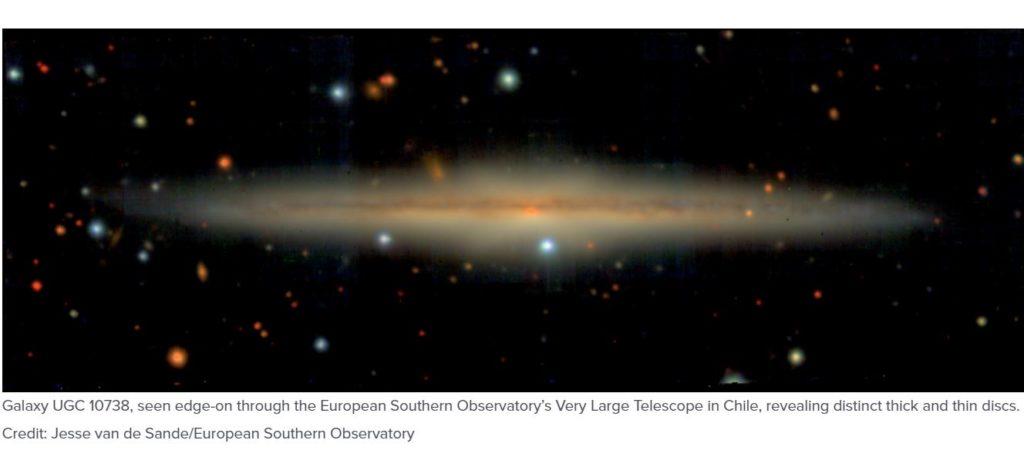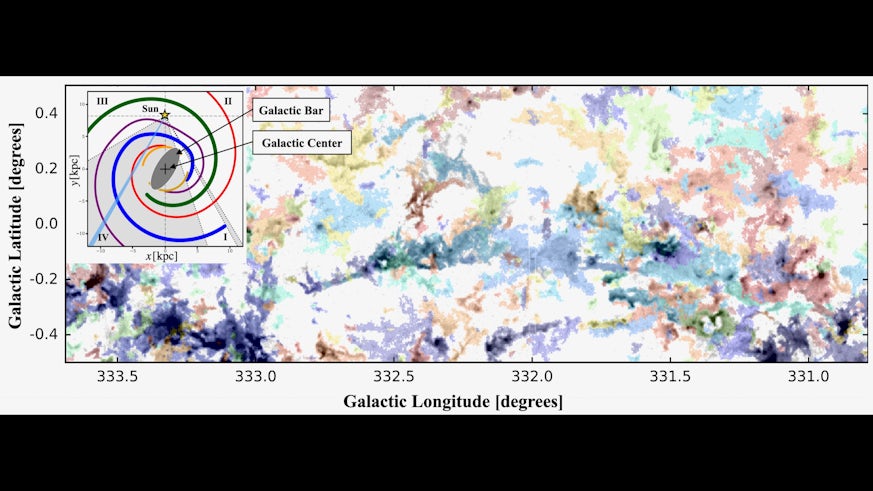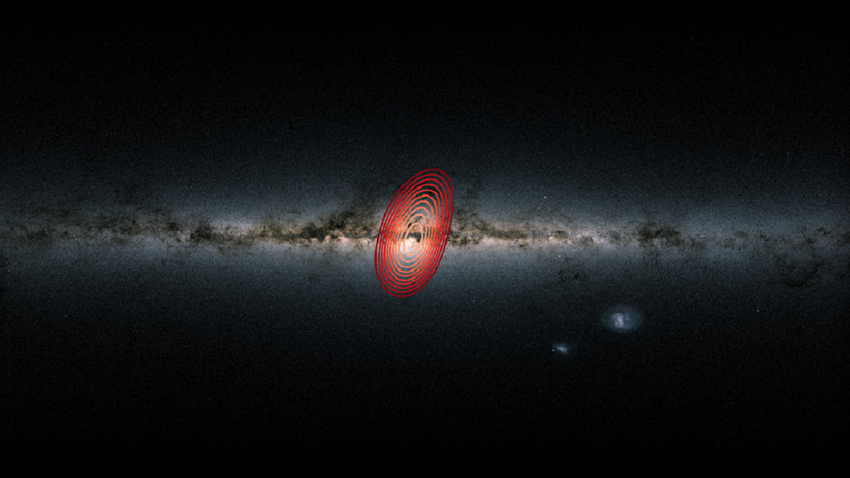
Detailed cross-section of another galaxy reveals surprising similarities to our home. The first detailed cross-section of a galaxy broadly similar to the Milky Way, published today, reveals that our galaxy evolved gradually, instead of being the result of a violent mash-up. The finding throws the origin story of our home into doubt.
The galaxy, dubbed UGC 10738, turns out to have distinct ‘thick’ and ‘thin’ discs similar to those of the Milky Way. This suggests, contrary to previous theories, that such structures are not the result of a rare long-ago collision with a smaller galaxy. They appear to be the product of more peaceful change.
And that is a game-changer. It means that our spiral galaxy home isn’t the product of a freak accident. Instead, it is typical.
The finding w...
Read More








Recent Comments